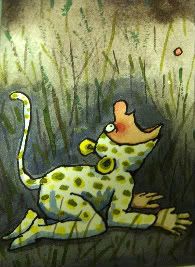Though Not Quite

Cheryl, 20
Tumblr
<3
art, espresso, rainy weather
inadequate,
coward,
defunct
Came a time, when every star fall brought you to tears again
Bookworm
Currently Reading:
A Confederacy of Dunces
~ John Kennedy Toole
On the Road (again)
~ Jack Kerouac
Wishbone
my greatest wish would be to wake up in the morning everyday and just enjoy a yummy breakfast at a quiet cafe, tea, soft light, a good book..
or to wake up in a different suburb, an actual countryside this time, to have a home at the end of the world.
Like the ebbing tide